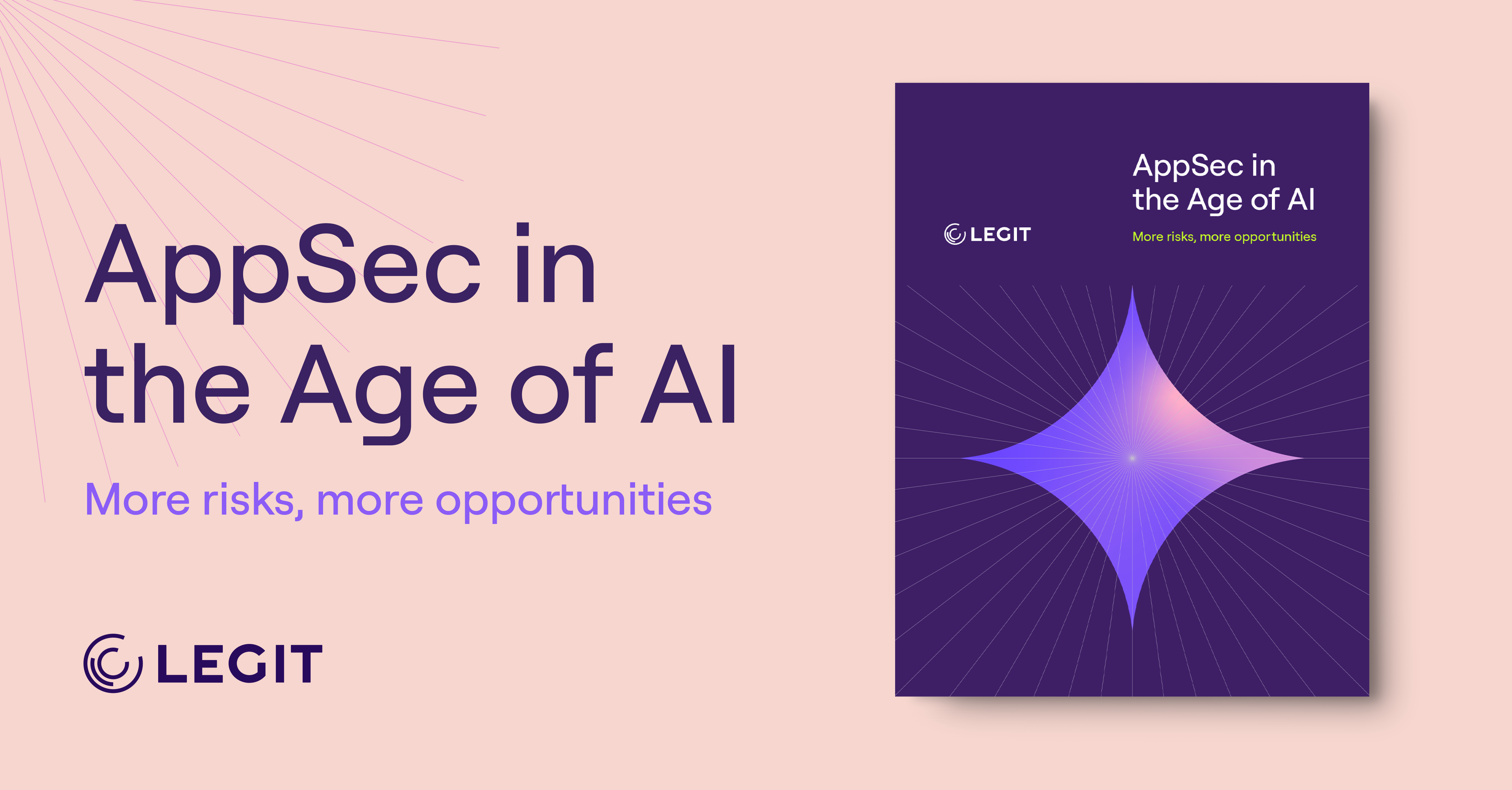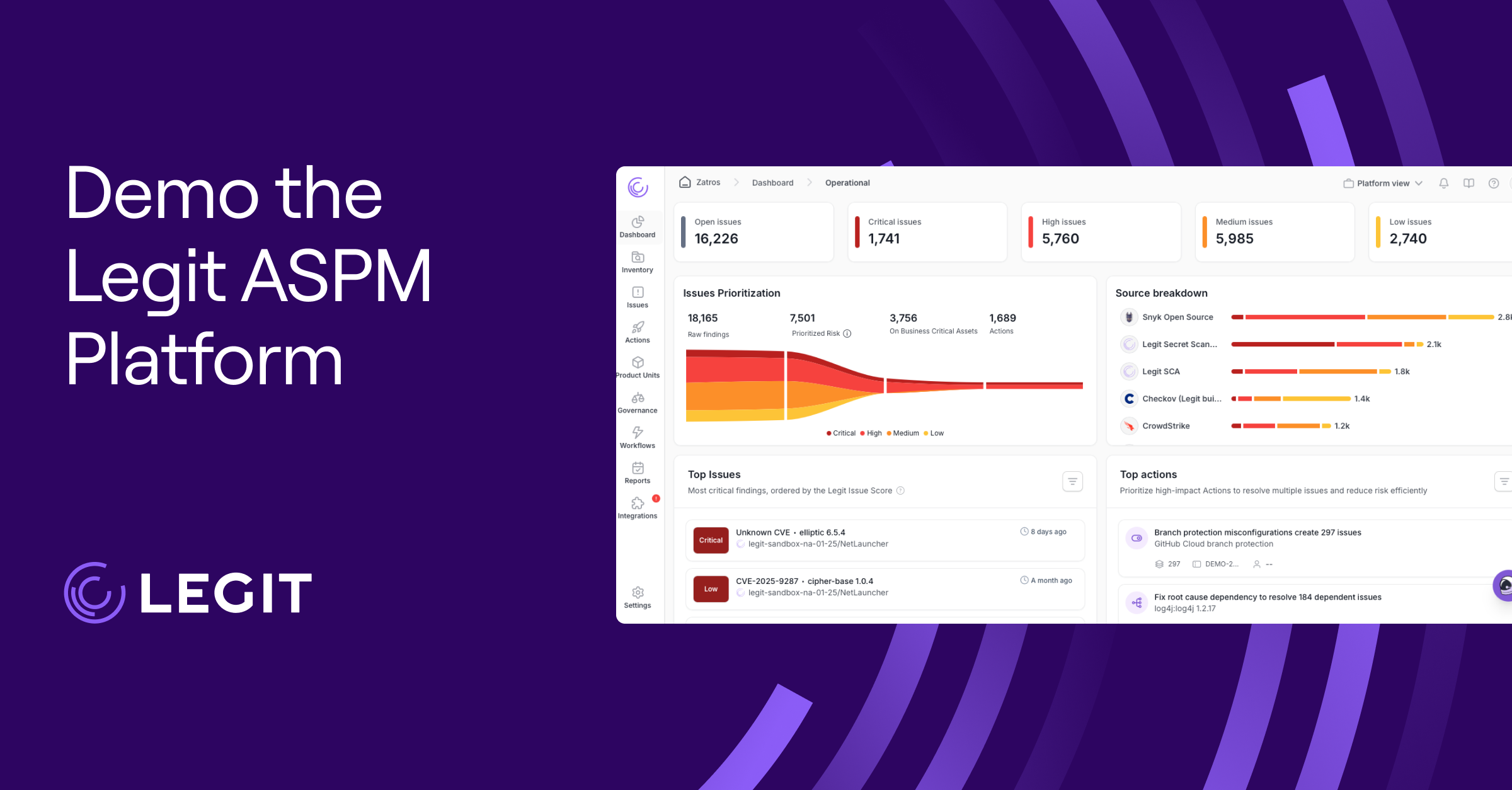When people talk about GRC cybersecurity, it might sound like another buzzword tied to audits and compliance checklists. But it’s far more practical than that.
Cybersecurity governance, risk management, and compliance (GRC) is a strategic framework that helps organizations manage cyber threats, reduce risk, and align security with long-term business goals. Done right, GRC drives transparency and greater resilience. Here’s a guide to GRC tools and implementation.
What Is GRC in Cybersecurity?
GRC is an approach that aligns security, risk, and compliance efforts with business goals. Understanding the meaning of GRC starts with these three pillars.
Governance sets the tone by defining policies and assigning responsibility across teams. Risk management identifies vulnerabilities early, helping you prioritize and reduce threats before they escalate. And compliance makes sure organizations meet regulatory requirements and internal policies, preventing legal issues and financial penalties while reinforcing customer trust.
Instead of treating governance, risk, and compliance as separate checklists, a unified cyber GRC framework offers a complete view of your cybersecurity posture. It enables better communication, streamlined processes, and faster decision-making, building resilience across the board.
The Importance of GRC in Cybersecurity
GRC builds security into everyday operations by identifying risks early—such as phishing attempts, malware infections, or exposure through third-party vendors. Instead of reacting after the fact, organizations can act intentionally, reducing downtime and keeping systems and data safe.
Cyber GRC also keeps compliance efforts on track. Regulations like the General Data Protection Regulation (GDPR) and Health Insurance Portability and Accountability Act (HIPAA) require specific controls, and frameworks like Systems and Organization Controls 2 (SOC 2) define clear criteria for handling sensitive information responsibly. Rather than treating compliance as a one-time effort, GRC turns it into an ongoing process. It brings structure, clarity, and visibility across departments, making it easier to stay aligned and adapt to change.
Components of an Effective GRC Strategy
A solid GRC strategy works across teams, processes, and technology, which means there are many moving parts. Here's how each component contributes to the bigger picture:
Governance
Governance provides the structure and oversight to align a cybersecurity program with business priorities. It covers everything from data access controls and policy enforcement to aligning internal behavior with external expectations, including the policies, roles, and processes that define an organization’s security decisions.
Strong governance builds clarity and accountability across departments—leadership can set direction and monitor security efforts, while team members understand their roles and act confidently. Ultimately, governance turns security from a siloed IT task into a shared business priority.
Risk Management
The key to risk management is visibility—knowing where your most significant threats are and having a strategy to manage them. This involves identifying risks to systems, data, and third-party relationships, then analyzing and prioritizing them based on potential impact. The goal is to mitigate risk and maximize resilience.
A mature enterprise risk management program doesn’t stop at identifying vulnerabilities. It continuously assesses changes in technology, regulations, and operations, adjusting controls for maximum preparedness. It also gives stakeholders reliable, up-to-date data to guide decisions and allocate resources effectively.
Compliance
Compliance helps organizations meet regulatory requirements and internal security standards. This includes frameworks like ISO/IEC 27001 and the NIST Cybersecurity Framework, as well as laws such as GDPR and HIPAA. You may also need to navigate updates from the Payment Card Industry Data Security Standard version 4 (PCI DSS v4) or state-level mandates like the New York Department of Financial Services Cybersecurity Regulation (NYDFS).
While there are many standards to keep up with, a well-structured GRC strategy makes these moving targets manageable. Embed absolute compliance into workflows and reinforce it through automation, monitoring, and communication. Done right, this shows customers and regulators that information security is a core part of your organization's operation.
Integration and Tooling
Even the best GRC strategies fall apart without coordination. That’s where integration and the right tools make a difference. A unified GRC platform connects the elements above by consolidating data, aligning workflows, and improving team visibility.
The meaning of GRC tools goes beyond software—they let your strategy scale. Whether you’re managing risk assessments, streamlining audits, or mapping controls to frameworks like the Cybersecurity Maturity Model Certification (CMMC), GRC IT solutions make it possible to move faster and more confidently. With the proper infrastructure, teams can focus on decisions, not just documentation.
GRC Use Cases in Cybersecurity
GRC strategies help organizations tackle a wide range of cybersecurity challenges. Here are a few real-world applications:
- Third-party risk management: Organizations often use GRC tools to evaluate and monitor vendor security practices. By correlating risks across third parties, security teams can enforce access controls and reduce exposure to supply chain threats.
- Audit and compliance readiness: Companies implement GRC systems to streamline documentation and evidence collection for audits tied to regulations like HIPAA and the Sarbanes-Oxley Act (SOX). This improves audit accuracy while reducing manual work.
- Security event coordination: Some organizations connect GRC workflows with Security Information and Event Management (SIEM) systems. When the system flags suspicious activity, the GRC platform assigns tasks, tracks remediation, and documents compliance actions for review.
How to Implement a GRC Strategy: 5 Steps
Here’s a streamlined path to building a framework that works:
- Set clear objectives: Define what GRC should accomplish for your organization, whether it’s regulatory compliance, cyber risk reduction, or operational alignment—or a mix of everything.
- Map out responsibilities: Assign ownership across roles like legal, IT, compliance, and leadership. Everyone should know what they’re responsible for and how the organization makes decisions. This avoids miscommunications and gaps.
- Establish policies and procedures: Create foundational documentation that covers governance expectations, risk protocols, and compliance requirements. The more documentation you have, the more you avoid back-and-forths.
- Select and configure tools: Choose GRC IT platforms that support automation, centralized reporting, and integration with existing systems. Otherwise, you risk wasting time and energy setting things up.
- Start small and scale: Pilot the framework in one department or business unit before rolling it out organization-wide. Tweak the process based on honest feedback and results.
GRC Software Tools and Solutions
Without tools and actions behind it, GRC is just a string of words. GRC software brings structure to governance, risk, and compliance by breaking down silos and making oversight more manageable. They help teams monitor threats, track compliance status, manage policies, and respond to regulatory changes—all while mitigating risks before they escalate.
A well-integrated GRC tool automates much of the process. It can handle internal audits, risk scoring, and policy enforcement tasks with minimal human input. Many platforms also include dashboards for real-time visibility, support for regulatory mapping, and integration with systems like SIEM. With the proper tooling, you can stay agile and align IT governance with business priorities without sacrificing control or clarity.
GRC Cybersecurity With Legit Security
A strong GRC cybersecurity strategy clarifies complex security efforts so teams can move faster and stay in control. It’s the backbone of secure, compliant operations.
Legit Security helps implement that strategy. By providing visibility across the software development lifecycle and aligning workflows with industry standards, Legit supports modern, efficient GRC from code to cloud. Request a demo today.
Download our new whitepaper.


